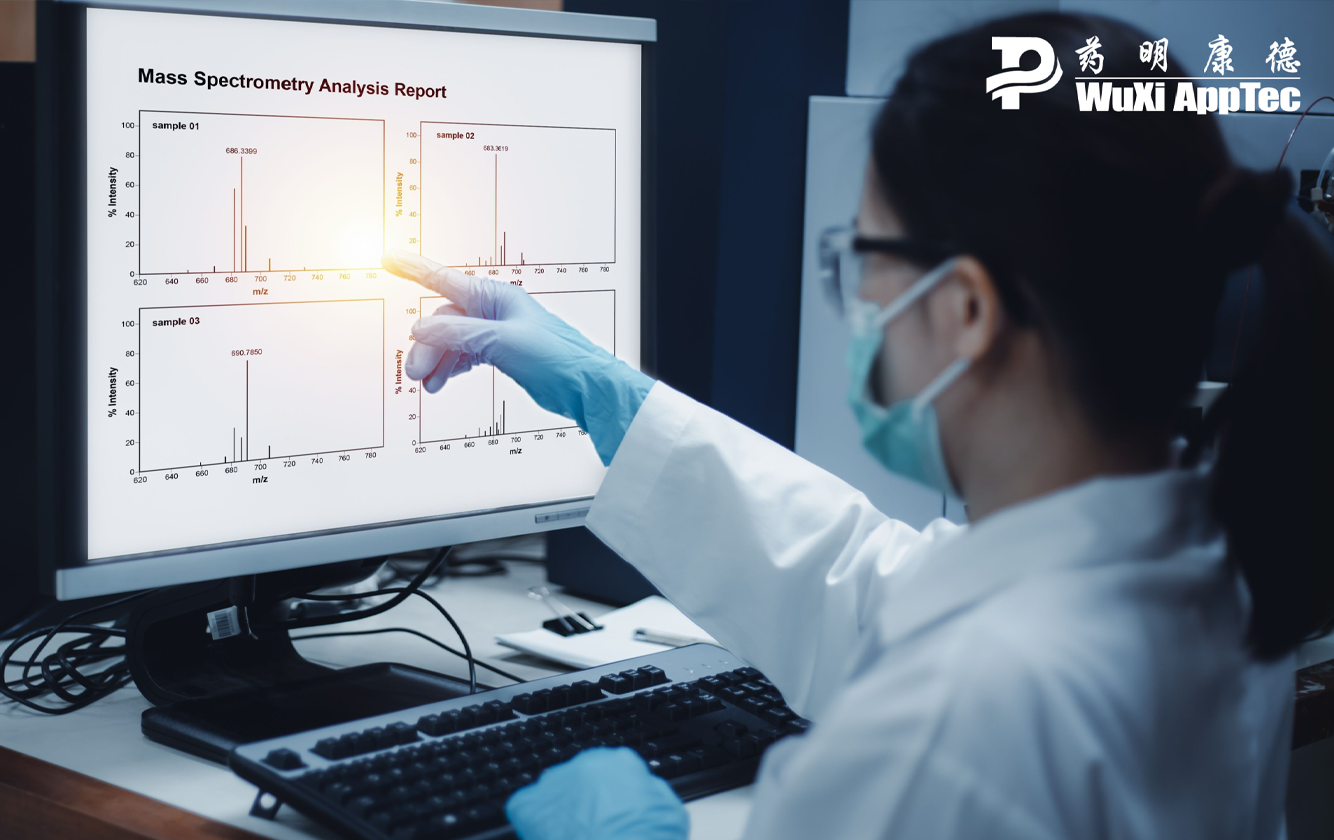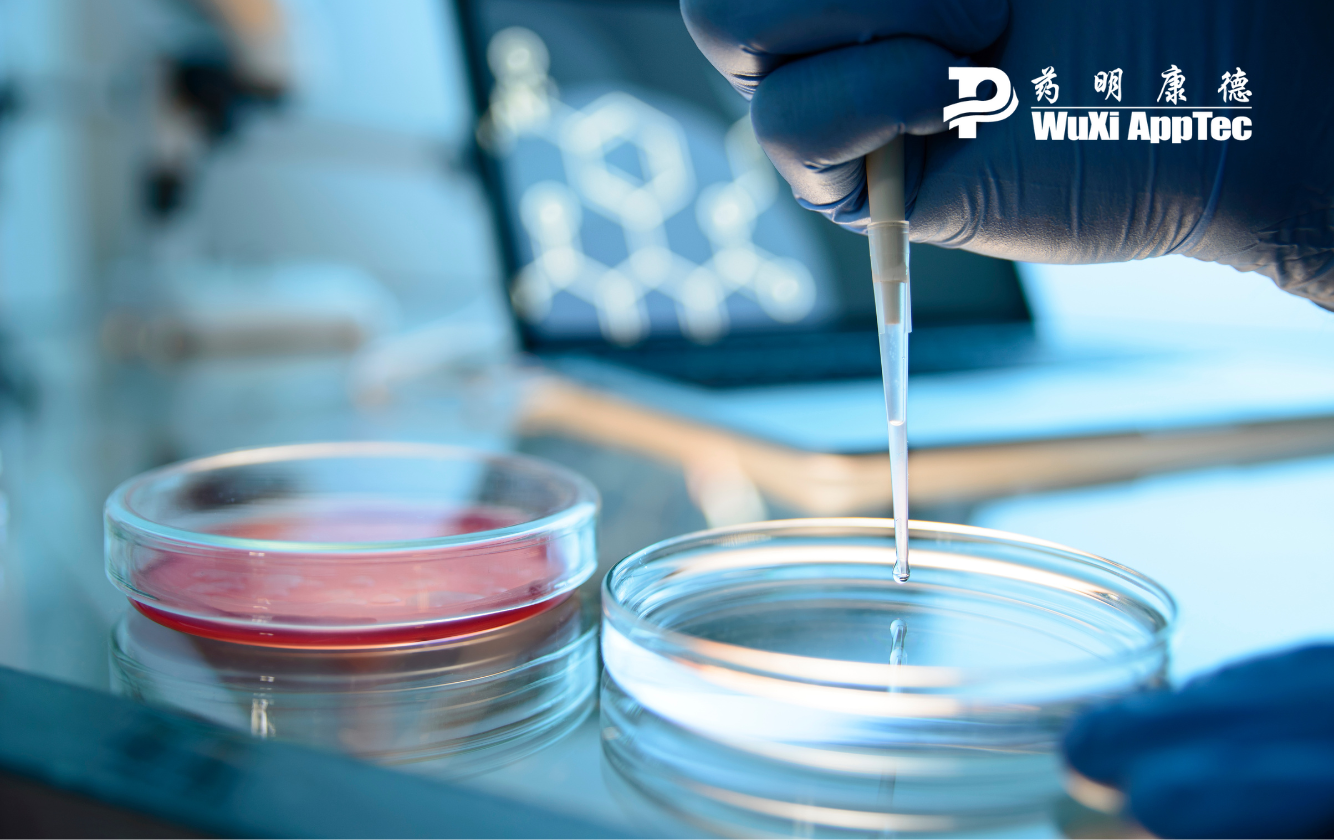Metabolic Stability Assays
Metabolic stability assays are a set of in vitro tests used to evaluate the elimination rate of a drug candidate metabolized by enzymes in the body. Our experienced team can develop an in vitro ADME program that is tailored to your drug candidate and includes the correct metabolic stability assays. This guarantees the production of dependable data to expedite the discovery process of your drug candidate and ensure successful regulatory submission.
IND-Enabling Packages
In Vivo Studies Per Year
In Vitro Studies Per Year
Metabolic Stability Testing Capabilities
WuXi AppTec is a global expert in metabolic stability testing, including stability, metabolite generation, metabolite identifications, and phenotyping in various matrices and species. Our platform supports early drug discovery and development, especially during early lead optimization stages and again as a part of investigational new drug (IND) testing.
Metabolic Stability Studies in Discovery
Drug metabolism is the major elimination route from the body for most drugs. In the early stage of drug discovery, the study of in vitro metabolic stability is an important method to analyze drug metabolism. Metabolic stability assays are designed to evaluate the potential of a drug candidate to be metabolized into inactive or toxic metabolites, which can have implications for its efficacy and safety.
The liver is the primary site of drug metabolism, where drugs undergo phase I and phase II metabolism to facilitate their elimination from the body. However, some drugs may be eliminated through non-hepatic routes. In such cases, extrahepatic metabolism can be a significant contributor to drug disposition and elimination.
- The conversion rate of compounds in the biological matrix can be measured by incubating compounds with a specific biological matrix, such as liver microsomes and hepatocytes.
- In vitro kinetic parameters, including metabolic rate and intrinsic clearance, can be measured, and relevant models can further predict in vivo clearance.
- Extrahepatic metabolism refers to the biotransformation of drugs in tissues outside the liver, such as the lungs, kidneys, intestines, and skin.
- Other tissues (lungs, kidneys, intestines, and skin) can also have drug-metabolizing enzymes that modify drugs, facilitating their clearance from the body.
Other In Vitro ADME Assays
Metabolic stability assays are part of a complete in vitro ADME program. Optimize your compound and efficiently move to the next stage with WuXi AppTec’s comprehensive service platform.
Drug-Drug Interaction
(DDI) Studies
Kinetic & Thermodynamic Solubility Testing
Plasma Protein Binding
(PPB) Assays
Comprehensive Metabolic Models & Assays
WuXi AppTec offers a broad spectrum of metabolic stability assays, utilizing microsomes, S9 fractions, hepatocytes, and plasma from multiple tissues and species. These assays are aimed at studying phase I and phase II metabolism, extrahepatic metabolism, and recombinant enzyme metabolism.
Phase I Metabolism
Assesses the role of liver microsomes and cytosol in drug metabolism, influencing drug stability and clearance.
Phase II Metabolism
Assesses phase II metabolism using liver microsomes, S9 fraction, and hepatocytes to evaluate conjugation reactions, enzyme activity, and overall drug stability.
Extrahepatic Metabolism
Assesses extrahepatic metabolism across various tissues, including intestines, lungs, kidneys, plasma, and whole blood, to evaluate drug stability and metabolic enzyme activity outside the liver.
Recombinant Enzyme
Assesses drug metabolism using recombinant enzymes, including UGTs, FMOs, GSTs, MAOs, and CYPs etc, to determine half-life and intrinsic clearance.
Explore Metabolic Solubility & Other ADME Insights
Metabolic Stability Assays FAQ
What are metabolic stability assays?
Metabolic stability assays are a set of in vitro tests used to evaluate the elimination rate of a drug candidate metabolized by enzymes in the body. They are designed to evaluate the potential of a drug candidate to be metabolized into inactive or toxic metabolites, which can have implications for its efficacy and safety.
How do metabolic stability assays add value to my testing program?
The metabolic stability assays are of great significance for improving the in vivo pharmacokinetic properties of a drug candidate, such as reducing the systemic clearance of drugs, increasing the oral bioavailability, addressing the potential metabolism-related issues, and predicting the human dose.
What is the difference between hepatocyte stability and microsomal stability?
Hepatocyte stability and microsomal stability are both a measurement of how quickly a drug candidate is metabolized in the liver, but they are studied in different in vitro systems and can provide different information. Hepatocyte stability tests use liver cells to provide a more realistic assessment of drug metabolism, while microsomal stability tests use purified liver cell parts and are simpler and faster.
What controls are used in a microsomal stability assay?
Positive controls are typically included in microsomal stability assays. They are compounds that are known to be metabolized rapidly by the liver microsomes, such as midazolam and testosterone, and are included in the assay to ensure that the microsomes are active and capable of metabolizing drugs.
What is the turnaround time for metabolic stability assays?
Metabolic stability assays are generally considered standard and straightforward experiments. The turnaround time can range from three days to a few days, depending on the study’s specific requirements. The assay complexity determines the turnaround time, with simple assays utilizing common biological matrices, such as liver microsomes, taking less time, while complex assays requiring specialized enzymes or fresh whole blood-based systems taking longer to complete.



